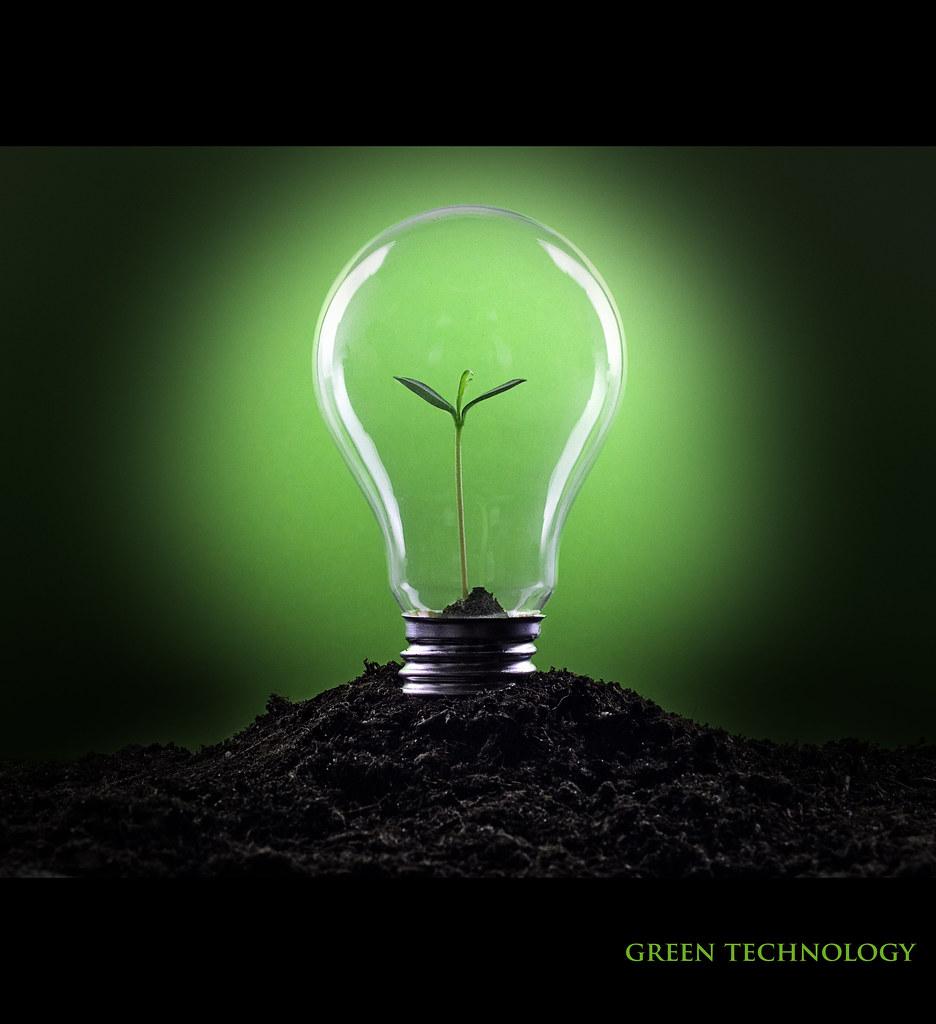How does smart grid technology support sustainability?
Green Technology Trends: Innovations Shaping a More Sustainable Future
As the world becomes increasingly aware of environmental concerns, the adoption of green technology trends is on the rise. Innovations in sustainable technology are not only helping to address pressing ecological issues but are also paving the way for a more prosperous and eco-friendly future. In this article, we’ll explore the various green technology trends that are shaping our world and their potential impact on sustainability.
Key Green Technology Trends
1. Renewable Energy Sources
Renewable energy sources, such as solar, wind, and hydropower, are at the forefront of green technology. They offer a sustainable alternative to fossil fuels, reducing greenhouse gas emissions and dependence on non-renewable resources.
- Solar Power: The rapid advancement in solar panel efficiency and battery storage technology is making solar power more accessible and cost-effective.
- Wind Energy: Wind turbines are becoming more efficient, and new offshore wind farms are being established worldwide.
- Hydropower: Innovative designs in hydropower systems are maximizing energy output while minimizing environmental impact.
2. Electric and Autonomous Vehicles
The automotive industry is witnessing a shift towards electric and autonomous vehicles. These advancements not only reduce air pollution but also decrease our reliance on non-renewable energy sources.
- Electric Vehicles (EVs): With improvements in battery technology, EVs are now more affordable and offer longer ranges, making them a viable option for more consumers.
- Autonomous Vehicles: Self-driving cars can optimize routes and improve fuel efficiency, further contributing to a sustainable transportation system.
Benefits of Green Technology
Adopting green technology offers numerous benefits, including:
- Environmental Protection: Reducing carbon footprints and minimizing waste.
- Economic Growth: Creating new jobs and industries centered around sustainability.
- Resource Conservation: Efficiently managing natural resources to ensure long-term availability.
- Health Improvements: Lowering pollution levels, leading to better public health outcomes.
Practical Tips for Embracing Green Technology
Individuals and businesses can take several steps to embrace green technology and contribute to a more sustainable future:
- Upgrade to Energy-Efficient Appliances: Replace old appliances with energy-efficient models to reduce electricity consumption.
- Install Solar Panels: Leverage solar power by installing panels on rooftops to generate clean energy.
- Adopt Electric Vehicles: Transition to electric cars and bikes to cut down on fuel emissions.
- Implement Smart Home Systems: Use smart thermostats, lighting, and other systems to optimize energy use.
| Green Technology | Key Benefits | Practical Applications |
|---|---|---|
| Solar Power | Reduces electricity bills, lowers carbon footprint | Residential and commercial solar panel installations |
| Electric Vehicles | Decreases emissions, reduces fuel costs | Personal and corporate vehicle fleets |
| Smart Home Systems | Enhances energy efficiency, increases home automation | Smart thermostats, automated lighting |
Case Studies: Real-World Applications
Let’s look at some real-world examples of how green technology is being implemented effectively:
1. Tesla’s Sustainable Energy Solutions
Tesla has been a leader in promoting sustainable energy solutions. By producing electric vehicles and developing the Powerwall, a home battery system, Tesla enables households to store excess solar energy for later use, reducing dependency on the grid.
2. Google’s Data Centers
Google has been at the forefront of sustainability by running its data centers on renewable energy. Their innovative cooling systems and AI-driven energy management have significantly reduced their carbon footprint.
Conclusion
Green technology trends are not just beneficial for the environment but also for the economy, public health, and resource conservation. By adopting these technologies and integrating sustainable practices into our daily lives, we can collectively contribute to shaping a more sustainable and prosperous future.
As we continue to innovate and evolve, the adoption of green technology will play a crucial role in addressing the planet’s most pressing ecological challenges. Embracing these advancements allows us to create a better world for current and future generations.
